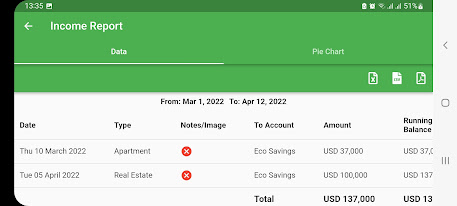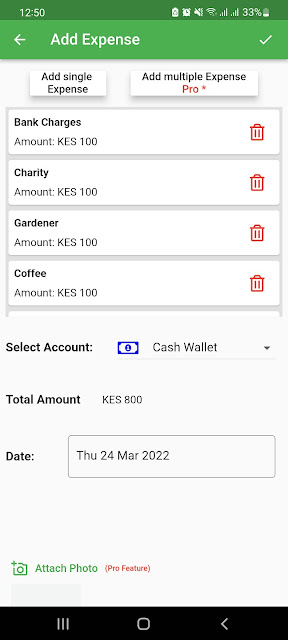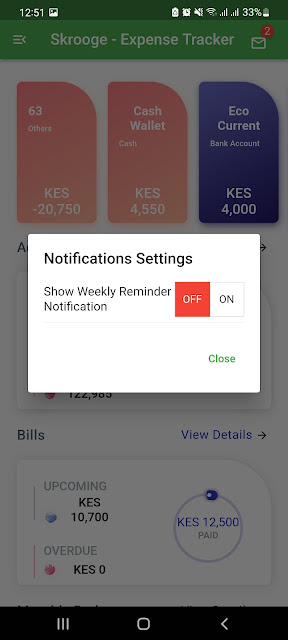a) Executive Summary
The executive summary is the first section of your business plan, but it should be written last. It serves as an overview of your entire plan and should capture the reader's attention, compelling them to delve deeper into your business concept. Key elements to include in the executive summary are:
Business Description: Provide a brief description of your business, its name, location, and the industry it operates in.
Mission and Vision: Clearly state the mission of your company, outlining its purpose and values. Additionally, share your vision for the future, showcasing your long-term goals.
Target Market: Identify your target audience and explain why there is a demand for your products or services within that market.
Competitive Advantage: Highlight what sets your business apart from competitors and how it addresses customers' pain points uniquely.
Financial Projections: Present a concise summary of your financial projections, including revenue, expenses, and projected profitability. None of us can see the future as it will pan out, however having some sort of idea of what you anticipate makes it easier to understand why the plan is either working or failing in comparison to the overall plan. You essentially create something to compare against once you begin the business rollout.
2. Company Description
In this section, provide a detailed overview of your business, exploring its history (industry), structure, and legal considerations:
Business Structure: Clearly define the legal structure of your business, such as a sole proprietorship, partnership or limited liability company (LLC). Explain the reasons behind your choice of structure.
Business History: Share the background story of the industry and thus your venture, including its founding, major milestones, and any significant achievements; the latter obviously doesn't matter if you are just starting out, however, you are likely to be part of a larger industry.
Products or Services: Detail the products or services your business offers, emphasizing their features, benefits, and unique selling points.
Legal and Regulatory Considerations: Highlight any licenses, permits, certifications, or intellectual property rights necessary to operate legally within your industry.
3. Market Analysis
Conducting a comprehensive market analysis is crucial to understanding your industry, target market, and competition. This is the Raison d'être (reason for existence) and it's key that you get this very right from the beginning. Focus on the following aspects:
Industry Overview: Present an in-depth analysis of the industry in which your business operates, including its current state, future trends, and potential growth opportunities.
Target Market Identification: Clearly define your target market, considering factors such as demographics, geographic location, psychographics, and buying behaviour. What latent need are you satisfying vis a vis the competition?
Competitor Analysis: Research and analyze your competitors, identifying their strengths, weaknesses, market share, and strategies. It's important to understand your potential competitor's behaviour, for example, while you may be addressing an unfulfilled niche, will it be simple for your competitor to copy what you are doing, and thus scuttle all your market assumptions? How long will it take for the competition to adapt to your new model?
Market Research: Gather and present data from primary (raw data directly from the field) and secondary sources (what is already in recorded format) to support your understanding of the market's dynamics.
SWOT Analysis: Conduct a SWOT analysis (Strengths, Weaknesses, Opportunities, Threats) for your business to gain insights into your internal capabilities and external challenges. Strengths and Weaknesses come from within or if you prefer intrinsic to your enterprise e.g. people and thus talents, capital, source of raw materials and ideas etc Opportunities and threats come from outside, where you have little control e.g. competitors, legislative environment, essentially the market at large. For more on SWOT analysis read here
4. Product or Service Offering
In this section, provide a detailed description of your products or services, explaining how they address customers' needs and stand out from the competition. PLEASE NOTE THAT WHATEVER YOU ARE OFFERING NEEDS TO BE DIFFERENT FROM WHAT HAS PREVIOUSLY EXISTED. THE HARDER THAT UNIQUE SELLING POINT IS, THE MORE LIKELY THAT YOU WILL SUCCEED. REGARDLESS OF THE FORMER, PLEASE ENSURE THAT YOU ARE OFFERING SOMETHING WITH A DIFFERENCE!
Product/Service Description: Thoroughly explain your offerings, highlighting their unique features, functionalities, and how they solve problems for your target market.
Value Proposition: Clearly articulate the value your products or services bring to customers, explaining why they should choose your offerings over competitors.
Development and Production: If applicable, provide insights into the development and production processes of your products or services.
5. Marketing and Sales Strategies
Outline your strategies for marketing and selling your products or services effectively:
Marketing Plan: Detail your marketing strategies, including online and offline channels such as social media, content marketing, email campaigns, and advertising. Marketing is about creating awareness of what you are offering.
Sales Strategy: Elaborate on your sales approach, describing how you will reach and convert potential customers into paying clients. Sales is about converting, those who are aware into paying clients.
Pricing Strategy: Explain your pricing model, taking into consideration factors like production costs, market demand, and competitors' pricing.
We all want to make money, and it's tempting to price with this in mind, however, remember that customers have choices, so it's important to price in line with customer expectations. The starting point is your break-even price, which is the price that takes care of all your costs; once you determine that, every extra coin is profit. The more unique your product is, the higher the margin you can keep above your break-even price. The reason why brands are created is largely to do with this point. If a consumer feels positive about a specific brand, the more likely that they will pay more. A shoe or a burger is just a burger or shoe, however, a consumer is likely to pay more for say, Gucci as opposed to a similar quality product/service simply because they position the brand in their minds as being of the highest quality. This is the end game for any product and thus business plan.
Distribution Channels: If relevant, outline your distribution strategy, discussing how you will get your products or services to the end-users.
Customer Relationship Management: Describe how you will build and maintain strong relationships with customers to foster loyalty and retention.
6. Organizational Structure and Management Team
In this section, outline the organizational structure of your business and introduce key members of your management team:
Organizational Chart: Display the hierarchy and roles of various positions within your company, showing how responsibilities are distributed. Obviously, when you begin, it's likely that you will be thinly staffed. Staffing increases in direct relation to the growth of the business; don't pay for what you don't need!
Management Team: Provide detailed profiles of key team members, highlighting their qualifications, expertise, and relevant experience.
Staffing Requirements: Identify your current and future staffing needs, and explain how you plan to attract, recruit, and retain talent.
Employee Development: Discuss your plans for training and developing your workforce to enhance their skills and contribute to the growth of the company.
7. Financial Projections
Financial projections demonstrate the financial viability and sustainability of your business over a specific period. Include the following:
Income Statement: Project your revenue, expenses, and profit margins for at least three years. This should include an estimation of sales, cost of goods sold, operating expenses, and taxes.
Cash Flow Statement: Outline your expected cash inflows and outflows, highlighting any potential cash flow gaps. This is best done on a month-on-month basis.
Balance Sheet: Present the projected financial position of your business, including assets, liabilities, and equity.
Break-Even Analysis: Calculate the point at which your total revenue equals your total expenses, helping you determine when your business becomes profitable and over what duration.
Funding Requirements: Clearly state the amount of funding required to start or grow your business, where you expect the funds to come from, along with how you plan to use the funds.
Funding Request
If you need external funding to launch or expand your business, provide a compelling funding request:
Financing Needs: Clearly state the amount of funding you require and the purpose of the funds.
Funding Sources: Identify potential sources of funding, such as bank loans, investors, crowdfunding, grants, friends, family etc
Repayment Plan: Explain how you plan to repay the borrowed funds and the terms of repayment. This is obviously related to your expected profitability and the time it will take to attain the same.
Financial Projections: Provide supporting financial data and projections to demonstrate the feasibility of your funding request.
8. Risk Analysis and Mitigation
Assess the potential risks and challenges your business may face and outline strategies to mitigate them:
Risk Identification: Identify internal and external risks that could impact your business's success, such as financial risks, market volatility, or changes in regulations.
Risk Assessment: Evaluate the probability and potential impact of each risk on your business.
Risk Mitigation Strategies: Propose action plans and contingency measures to minimize the effects of identified risks.
Conclusion
Crafting a comprehensive business plan is essential for any entrepreneur looking to turn their vision into a thriving reality. A well-structured business plan not only serves as a guide for business growth but also serves as a critical tool when seeking funding or partnerships. By incorporating the key components outlined above, you can create a robust and effective business plan, setting the foundation for the success of your entrepreneurial journey. Remember that flexibility is essential, and the plan will require constant adjustments as your business evolves and adapts to market dynamics and customer needs.
Enjoy!




.jpg)




